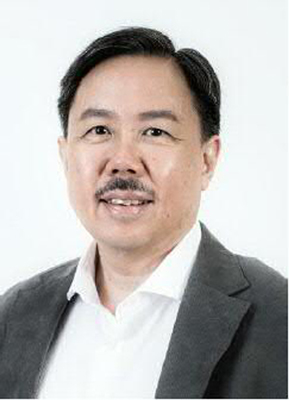Grocery shopping may seem like a harmless routine process. Scratch beneath the surface, however, and it'll be evident that this routine can be the setting for lots of bad habits that burn up the money in your wallet quickly.
Grocery stores are infamous for their huge colourful palette of temptations, so it's easy to spend a lot more money than necessary.
Try to figure out what bad shopping habits you may harbour and counter them. Your budget won't regret it!
Bad Grocery Shopping Habits #1: Not Preparing Yourself
It is critical that you're prepared when you set foot in a grocery store. You'll need to make a shopping list beforehand as well as a detailed plan of the meals you'll be preparing. If you don't do this in advance of shopping, you're going to waste your time, energy and money.
If you forget to buy a crucial item or purchase an insufficient amount of anything you need, you'll need to run back to the store several times during the week. Several visits will rack up your travel expenses and drain your time and energy.
This is why it's best to plan out the meals you are going to be serving up each week.
Preparing ahead of time will also prevent you from purchasing unnecessary items.
Some experts maintain that combing through shopping flyers may be detrimental because they entice you to spend money on products that you would not usually purchase. However, some people believe that advertisements like flyers can actually support you in making wiser purchases.
You can plan your meals beforehand by focussing on ingredients that are on sale. You can also sometimes find coupons with the flyers. Such discount coupons can assist you in saving money when you do go to buy.
So, the main thing to remember in order to use circulars to your advantage is to follow strictly the list that you created.
Bad Grocery Shopping Habits #2: Using a Shopping Basket
Logic suggests that picking up a shopping basket when you enter a store would support you in making smarter purchases with more financial consciousness.
Do you honestly like carrying multiple overweight baskets? According to recently published marketing journals, shopping baskets cause customers to overstrain their hands.
Consequently, these shoppers become tired and irritated, leading them to make unwise financial decisions.
You might well buy more small items, the ones that you'd more than likely purchase to satisfy your sudden cravings to indulge yourself. These small items are often found close to the checkout line.
Given your overburdened hands, you'll be feeling relieved that the ordeal is over and you'll be happy to shop close to the checkout counter.
Buying such small items can lead you to exceed wildly your shopping budget. Moreover, you will end up passing up all the essential items on your list and need to return to the store yet again, which is another big waste of your time, energy and money.
It follows that the better decision would be to use a shopping trolley instead. It will help you collect your necessary items and support you in making financially wiser choices.
Bad Grocery Shopping Habits #3: Choosing the Attractive Products

Grocery stores do their utmost to make products attractive to consumers. They mostly do so by offering sales or discounts.
However, buying discounted items may not always be a good idea, especially when purchasing fruits and vegetables.
Sometimes it turns out that these are or that they have come from a bad pile. This means that they may not taste as good or aren't as healthy as you might have expected.
This is especially common in the evening at the farmers' markets when you may be offered produce for less than half the price of what it was early in the morning.
You should not buy out-of-season fruits and vegetables either, even if they are available at a very good price. These will likely either be old.
Scientific experts from Albert Einstein College of Medicine strongly suggest spending money on fruits and vegetables that begin with the letter 'C' such as cabbage, citrus fruits, carrots and collard greens.
These are relatively inexpensive, highly nutritious and easy to prepare for meals, snacks, desserts or refreshments.
Bad Grocery Shopping Habits #4: Avoiding Products from the Store's Periphery
Grocery stores habitually arrange their products in such a way that there's a high probability they will be sold.
Ever notice that the fresh, healthy food products are mostly located around the outer edges of the store?
For instance, the dairy and meat products are located at the back, on the periphery. Some of the other healthy items like rice or pasta are often located in the midst of processed, unhealthy foodstuffs.
This is a usual arrangement designed to attract you to the pricey processed foods while you're searching for your essential healthy items.
You will also soon realise that the less expensive brands are higher up on the shelf. Stores want you to purchase the most costly products, so they display them right in front of you.
It makes sense to learn to scan up and down on every aisle. Also, make it a point to enter an aisle only after reading the category of items available there. This methodology may help you rein in your temptations.
Bad Grocery Shopping Habits #5: Shopping on an Empty Stomach or in a Sleep-Deprived State
You should always go grocery shopping when your energy level is high and you have a full stomach.
This is because scientists have recently discovered that hunger and fatigue can impede your ability to judge whether it's a good idea to make a particular purchase.
An empty stomach sways you towards buying fancy, luxurious food items that you would otherwise only occasionally splurge on, inevitably causing you to exceed your grocery budget.
The New Savvy is the definitive financial and career guide that empowers women through meaningful and relevant content.
























































































































































